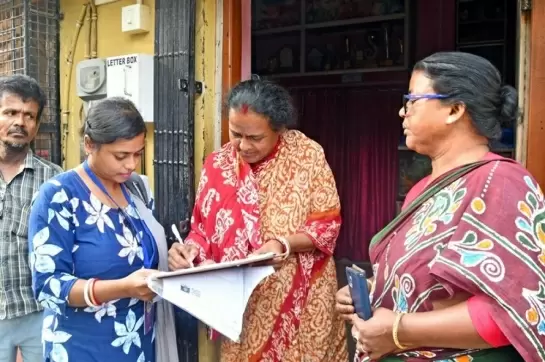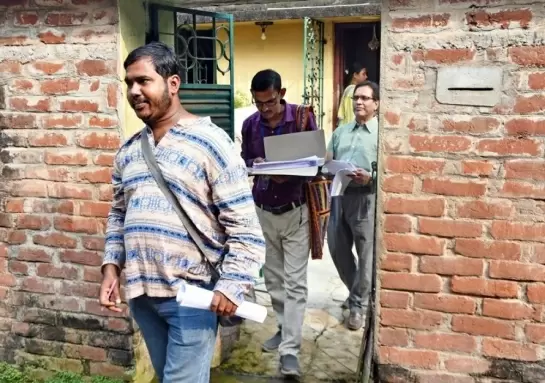25-minute smartphone test can spot urinary tract infections
09-January-2020
Biological engineers at University of Bath in the UK have developed a smartphone-based 25-minute long test that could help doctors quickly diagnose urinary tract infections (UTIs).
Similar in principle to a pregnancy test, the test using smartphone cameras can identify the presence of harmful E. coli bacteria in a urine sample in just 25 minutes.
E. coli is present in 80 per cent of bacterial UTIs. The test is small and portable so it has major potential for use in primary care settings and in developing countries.
Currently, bacterial infections in UTIs are confirmed via microbiological testing of a urine sample.
"That is accurate, but time-consuming, taking several days. We hope that giving medical professionals the ability to quickly rule in or rule out certain conditions will allow them to treat patients more quickly and help them make better decisions about the prescription of antibiotics," said Dr Nuno Reis, from Bath's Department of Chemical Engineering.
Researchers say the simplicity of the test, which has now passed the proof-of-concept stage, could deliver a new way to quickly identify treatments for patients in poorer or remote regions.
Described in the journal Biosensors and Bioelectronics, the test uses antibodies to capture bacterial cells in very thin capillaries within a plastic strip, detecting and identifying the cells optically rather than through the microbiological methods currently used.
The lack of rapid diagnostics for UTIs has in many cases led to a catch-all prescription of potentially unnecessary antibiotics, which increases the risk of bacteria becoming resistant to treatment -- accepted as one of the biggest threats to global health and development.
The test is carried out by passing a urine sample over a ridged plastic micro-capillary strip, containing an immobilising antibody able to recognise E. coli bacterial cells.
If E. coli is present in the sample, antibodies in the reagents will bind with it, stopping it from passing through the section of plastic strip.
Finally, an enzyme is added that causes a change in colour that can be picked up by a smartphone camera.
The system also measures the concentration of E. coli in the sample by analysing an image taken by the camera.
"The smartphone solves one of the biggest problems of the decentralising of diagnostics because their capabilities are actually very sophisticated in certain conditions. They offer the same functionality as sophisticated scanners that have until now been available only in labs," said Dr Reis.
The next step for the process is clinical trials, said researchers.IANS
Air India Crash: SC Says No One Can Blame Pilot, Seeks Centre’s Response
PM Modi Launches Year-Long Celebration Of 150 Years Of Vande Mataram
Heavy rain forecast across TN till Nov 11, schools shut in Tirupattur today
Mamdani ‘excited’ to be immigrant mayor
Ready With Guitar, Jemimah Invites Sunil Gavaskar To Sing Together









